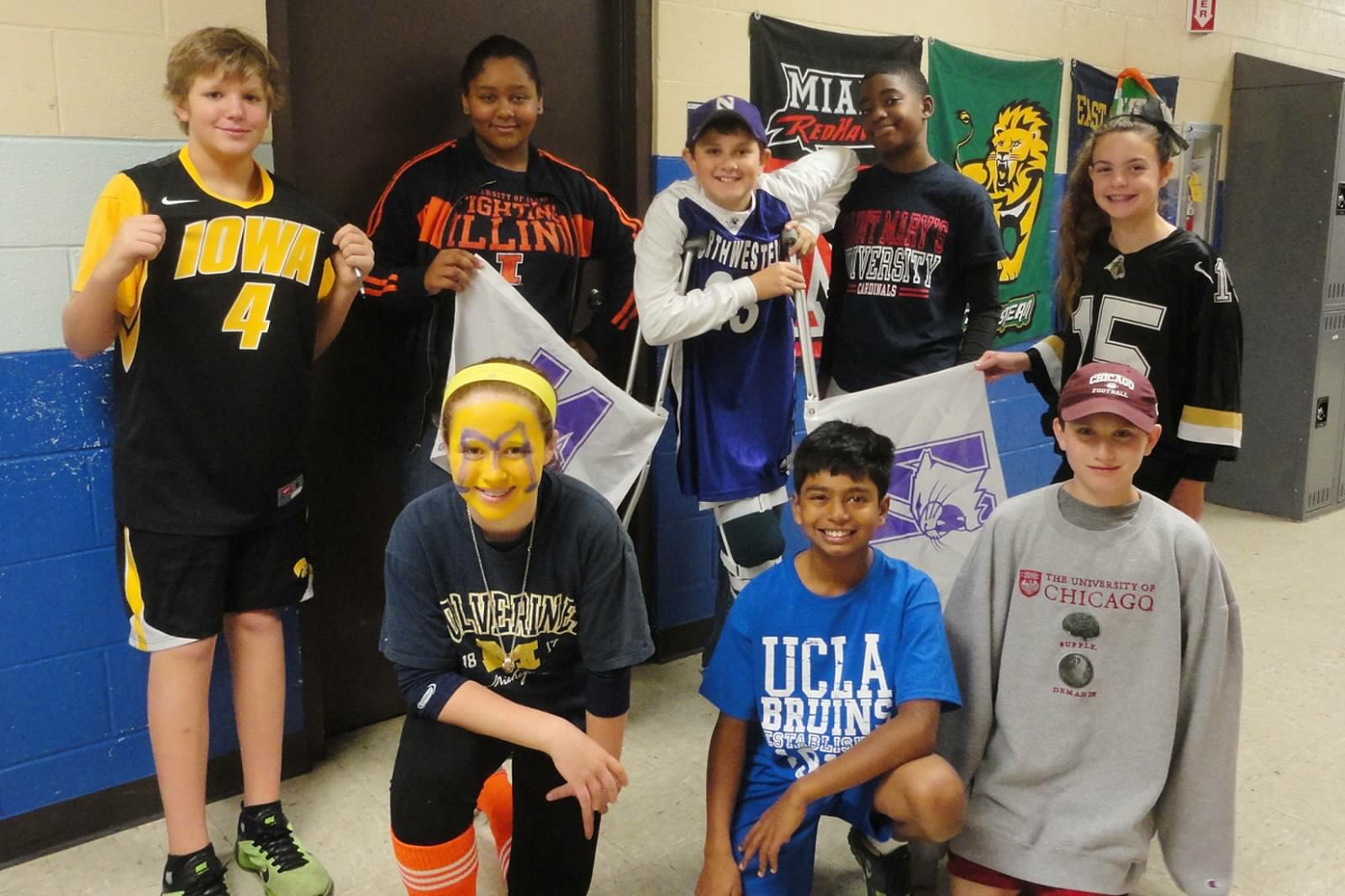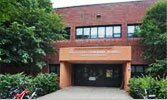
Growing South Loop population pressures school to expand
- Details
- Published on Thursday, 06 August 2009 19:00
By Susan Fong and William S. Blake, The Gazette, August 6, 2009
Click here for original article
The growing South Loop community population means a potentially larger South Loop Elementary School student population as well.
Principal Tara Shelton told the Gazette after a June 23 community meeting that parents are "satisfied" with a plan to hold the three new public school kindergarten classes officials anticipate needing at the school's South Loop Early Childhood Center branch site at 1915 S. Federal St. instead of at the main South Loop School building at 1212 S. Plymouth Ct.
The branch site, whose name will be changed from the Early Childhood Center to the South Loop School Branch, will have two neighborhood, non-tuition-based kindergarten classes plus one non-tuition based kindergarten class for gifted children.
Frank Shulton, press officer for the Chicago Public Schools (CPS), said the school and CPS officials were "in dialogue" with all stakeholders including the community, parents, and the school regarding future changes.
The success of South Loop School's Regional Gifted Program (RGP), seen in the school's rising test scores, has attracted many more students to the school, several South Loop School Local School Council (LSC) members said at the meeting. The RGP has attracted children from across the city as well as the neighborhood. This year will be the first that the RGP will cover all nine grades, from kindergarten through eighth grade.
Dennis Beninato, an LSC community representative and president of the Greater South Loop Association, noted the community is growing and said he sees "increasing numbers of family units with three and four bedrooms" in the area.
The RGP was started nine years ago to draw a diverse group of students from around the city to South Loop School. Some LSC members worry that, as the neighborhood grows, the school eventually may not have enough room for both neighborhood students and RGP students.
LSC community representative Dona Nishi responded there is "no need to panic" concerning the school's growth, as there is "no guarantee" that new families who move into the area will even stay or keep their children at school.
For example, John Jacoby, LSC vice president, has had two children at South Loop School but this fall will transfer his youngest daughter, who is of Chinese heritage, to St. Therese Catholic School for its Chinese language program.
His older child will remain in South Loop School's gifted program. During the meeting, Shelton mentioned the LSC has appointed a "growth management" committee to address any upcoming growth issues by providing a forum for the community.
Jacoby, who also volunteers on several community committees for Second Ward Alderman Robert Fioretti, said previous suggestions for South Loop School to address growth have included acquiring nearby property or vacant land for possible expansion, redrawing the school's boundaries to draw from a smaller area, or moving the RGP to another site. Jacoby noted it is "hard to predict" how CPS will respond to any suggestions.
Leslie Recht, who volunteers as Fioretti's liaison for parks and education, said the alderman or his staff meets quarterly with CPS officials to share community suggestions with the CPS. Parent and community activist Enrique Perez said the school and alderman's office must remain "in constant dialogue" with the community as any changes are contemplated or occur.
With CPS being the driving force behind any major changes in the school, said Beninato, "it is best to be flexible." Nishi said the LSC "is staying connected," keeping the CPS aware of the community's and parents' desires.
Shelton told the Gazette she "does not foresee" any changes that would take place for the next couple of years regarding school growth.
CPS takes its census for each school annually in September. As of April, South Loop School had approximately 480 students, 190 of whom were in the RGP. A little under 90 students are expected for the kindergarten classes, although firm figures cannot be obtained until the academic year begins.










